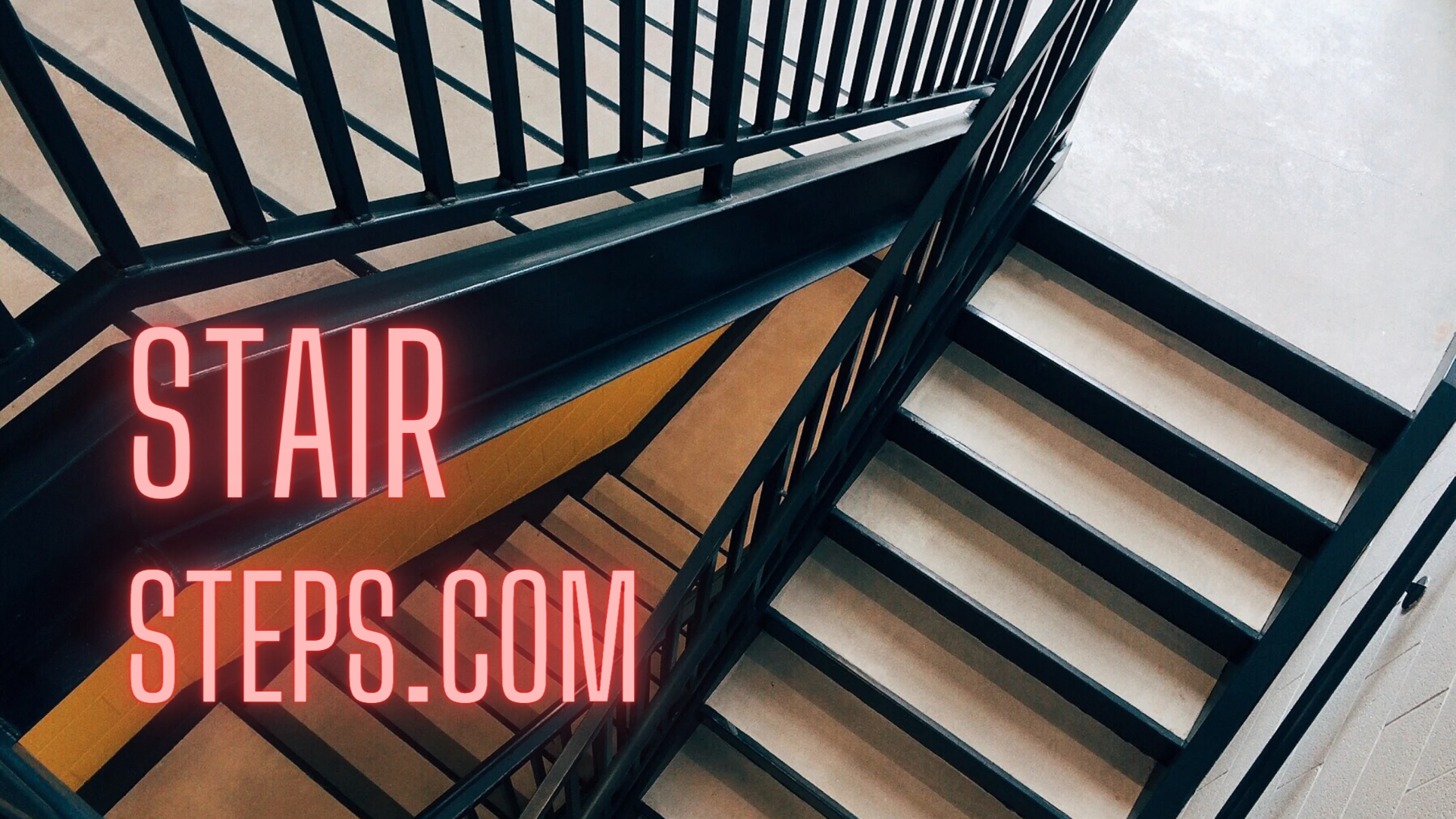Welcome to Our Concrete Step Calculator!
The main determinant of the riser and tread dimensions is the distance between floors to be connected by the staircase. Divide the height by 7 inches; if, for example, the floor-to-floor distance is 8 feet, 10 inches (or 106 inches), then you will need 15 treads (106 ÷ 7 = 15.14).
The vertical distance in terms of the stairway is the main determinant of the riser and tread dimensions. You divide by 7 inches; if, say, the distance from the floor to floor is 8 feet, 10 inches (or 106 inches), then you will require 15 treads (106 ÷ 7 = 15.14).
The fundamental primary determinant of the riser and tread dimensions is the perpendicular distance between flooring surfaces to be connected by means of a staircase. Divide the distance from the floor to ceiling by 7 inches: If the length is 8 feet, 10 inches (or 106 inches), then you'll need 15 treads (106/7=15.14).
The height difference of the floors to be linked together is a primary factor in determining the riser and tread dimensions. Divide the height by 7 inches; if, for instance, the floor-to-floor distance is 8 feet, 10 inches (or 106 inches), then you'll need 15 treads (106 ÷ 7 = 15.14).
Principal determinant of riser and tread dimensions is the vertical distance of the floors to be linked by the staircase. You divide by 7 inches the vertical distance (8 feet, 10 inches); if, for example, the floor-to-floor distance is 15.14 inches (106 ÷ 7 equals 15.14), you need 15 treads.
(8 feet, 10 inches) ÷ 7 inches = 15 treads is the riser-to-tread dimensions of a vertical staircase within which the principal factor is the flooring vertical distance between the floors to be joined, which in turn is one of the biggest contributors. Dividing the two numbers to get 15, the ratio between 7 and 106 is 15.14.
